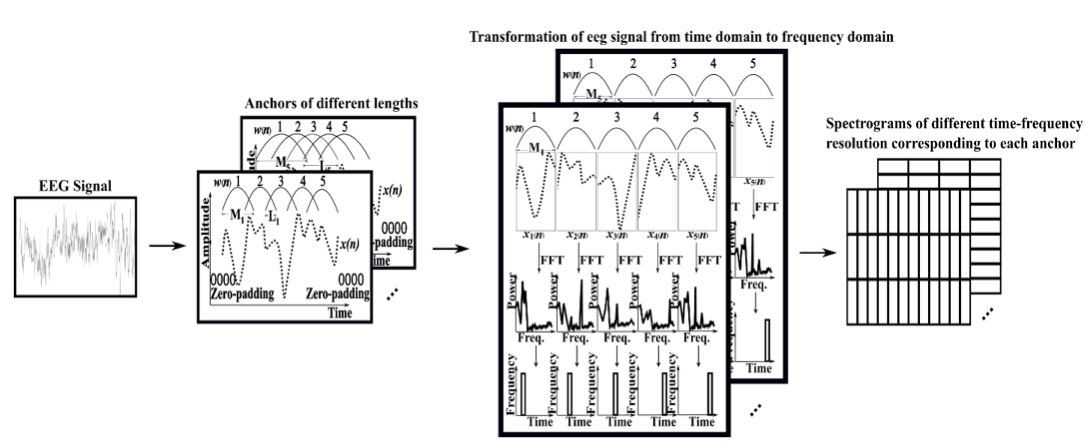Published in Journal of Neurocomputing: Understanding activation patterns in artificial neural networks by exploring stochastic processes: Discriminating generalization from memorization Stephan Johann Lehmler, Muhammad Saif-ur-Rehman, Tobias Glasmachers, Ioannis Iossifidis for more details: https://doi.org/10.1016/j.neucom.2024.128473
Category: publication
Published at BioMedical Engineering OnLineMarie D. Schmidt*, Tobias Glasmachers and Ioannis Iossifidis Abstract Background: The underlying motivation of this work is to demonstrate that artificial muscle activity of known and unknown motion can be generated based on motion parameters, such as angular position, acceleration, and velocity of each joint (or the end-effector instead), which are similarly represented … Read More “The concepts of muscle activity generation driven by upper limb kinematics” »
Iossifidis Lab is participating with 5 publications at the Bernstein Conference 2022 in Berlin. Meet us from 14.09 to 16.09.2022 at the TU Berlin see also: https://www.hochschule-ruhr-west.de/die-hrw/news/details/xx/
Sebastian Doliwa and Muhammad Ayaz Hussain and Tim Sziburis and Ioannis Iossifidis Timing plays a vital role in the generation of naturalistic behavior satisfying all constraints arising from interacting with a dynamic environment while adapting the planning and execution of action sequences on-line.In biological systems, many of the physiological and anatomical functions follow a particular … Read More “BioRob2022: Biologically Inspired Model for Timed Motion in Robotic Systems” »
Coming soon: SAMI 2021, January 21-23, 2021http://conf.uni-obuda.hu/sami2021/final.html Paper is out! https://ieeexplore.ieee.org/document/9378663 Abstract Automation techniques have been widely applied in different industry segments, among others, to increase both productivity and safety. In the mining industry, with the usage of such systems, the operator can be removed from hazardous environments without compromising task execution and it is … Read More “Application of Reinforcement Learning to a Mining System” »
Preprint https://arxiv.org/abs/2011.14694 AbstractObjective. Brain-computer interfaces (BCIs) enable direct communication between humans and machines by translating brain activity into control commands. Electroencephalography (EEG) is one of the most common sources of neural signals because of its inexpensive and non-invasivenature. However, interpretation of EEG signals is non-trivial because EEG signals have a low spatial resolution and are … Read More “Improving the performance of EEG decoding using anchored-STFT in conjunction with gradient norm adversarial augmentation” »
Publication in Journal of Neural Engineering https://doi.org/10.1088/1741-2552/abc8d4 Abstract Objective. Advancements in electrode design have resulted in micro-electrode arrays with hundreds of channels for single cell recordings. In the resulting electrophysiological recordings, each implanted electrode can record spike activity (SA) of one or more neurons along with background activity (BA). The aim of this study is … Read More “SpikeDeep-Classifier: A deep-learning based fully automatic offline spike sorting algorithm” »





